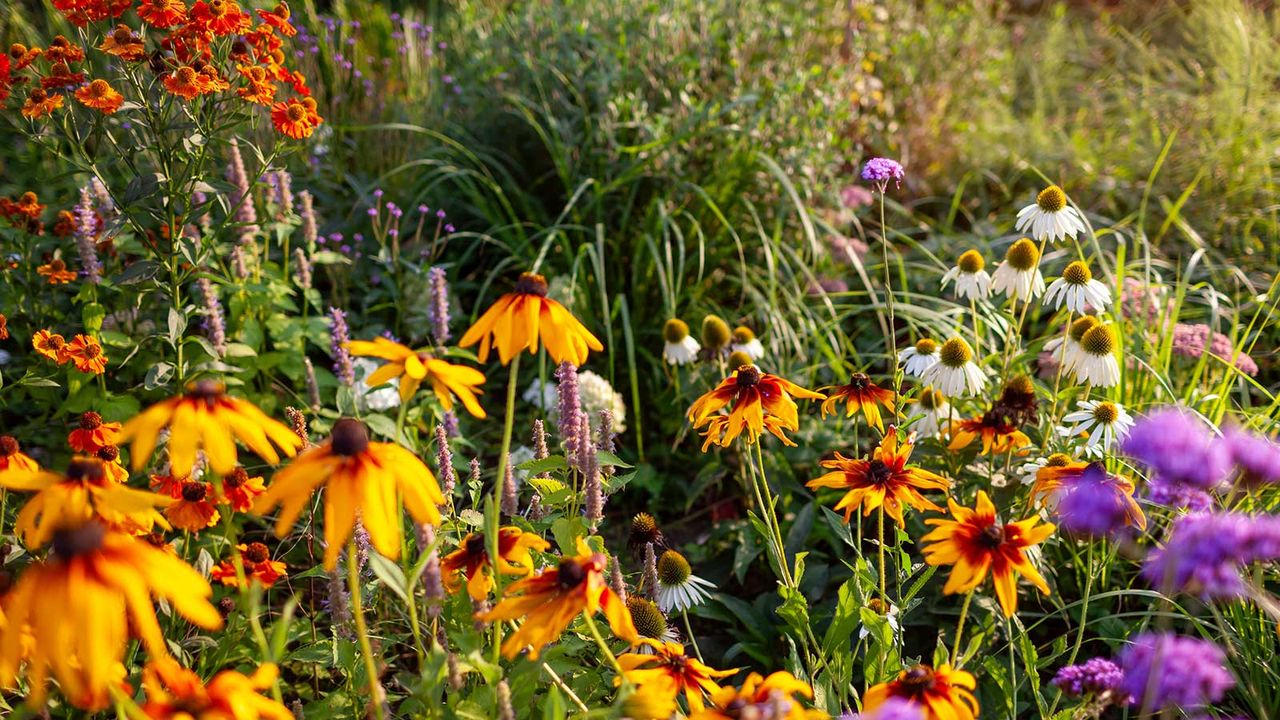
We're midway through the fall season. While our gardens can look fantastic at this time of year, filled with fiery-hued foliage and the last of the summer flowers, there is no denying that winter is on its way. And, in terms of prepping for colder temps and the new year, there is plenty to be getting on with.
A fall gardening checklist is a great way to get organized. And to help you put yours together, I asked landscape designers about the most important October tasks they always tick off in their own outdoor spaces.
Below, they share their thoughts, alongside practical advice on carrying out the jobs successfully. From mulching your soil to dividing overgrown perennials, these are the tasks to make a priority – and you'll find a few tips on what to avoid doing, too.
1, Prepping soil by mulching
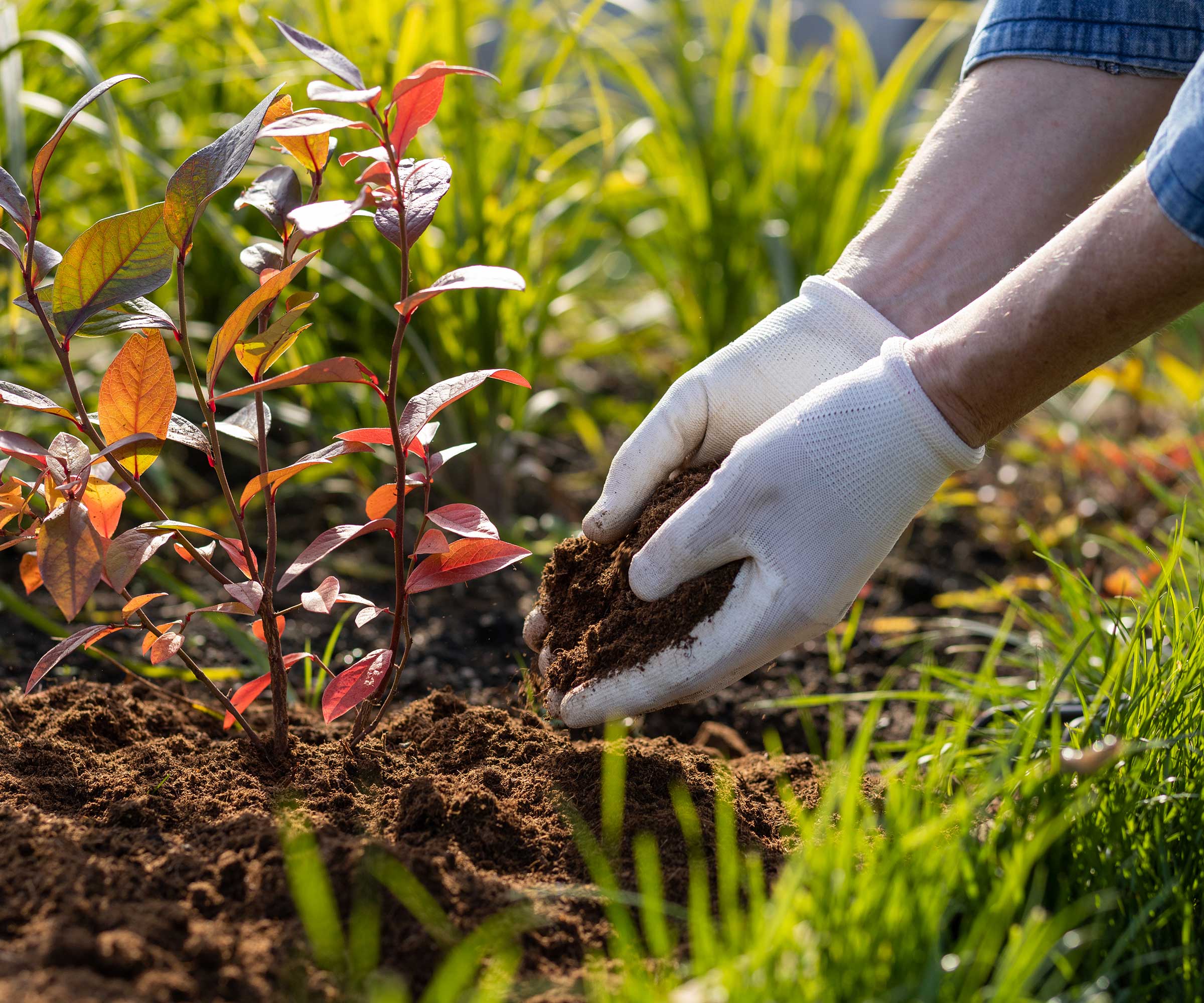
Laura Janney, CEO of The Inspired Garden Masterclass, starts off by stressing the importance of mulching, explaining how it helps protect the roots of perennials and shrubs in the winter. And, as a bonus, it helps keep weeds at bay while adding aesthetic appeal.
She uses a natural, organic mulch, saying: 'It is more expensive but worth the investment. It doesn’t break down as easily and contains no dyes or chemicals.' She adds that mulch should be two to four inches deep.
Mintee Kalra, the founder of Peruse, also spends time feeding and preparing the soil in her garden this month.
'Even in a naturalistic garden, soil is the quiet engine of health,' she says. 'I layer compost or aged leaf mold across the base of the meadow – just enough to nourish without disturbing root systems. Think of it as a slow-release investment in next year's bloom sequence.'
'This is also the ideal time to top-dress around ligustrum hedges or boundary plantings, strengthening their root zones before the cooler months ahead,' she adds.
2. Dividing perennials

'Fall is a great time to divide perennials that have gotten too big,' says Laura. 'It keeps the plants healthy and you get more plants!'
The easiest way to go about it is to dig up the plants completely. 'Shake off any extra soil and take off any dead parts,' Laura advises. Then, for larger plants, she recommends cutting them in half using a sharp spade. For smaller plants, she likes to use a hori hori knife.
Trim extra-long roots, then immediately replant the perennial and water well, she instructs. You'll find a list of seven popular plants to divide in October in our dedicated guide.
3. Cutting back certain plants

'October is the moment to edit and refresh a meadow planting,' says Mintee. 'In Los Angeles, the soil still carries warmth, but the air begins to cool – a natural cue to thin summer growth and make space for fall sowing.
'I cut back tired salvias and gaura, leaving the seed heads where they'll self-sow or feed birds,' she continues. 'Milkweed and red fescue can be trimmed lightly, never scalped, allowing the rhythm of the meadow to soften while the roots continue building strength underground. This edit preserves the architecture of the planting while restoring air and light for winter renewal.'
Don't have a meadow-style space? Many perennials still benefit from a prune this season. Laura says she likes to do this as it prevents diseases and fungus, and it also neatens up the garden. However, similarly to Mintee, she leaves perennials with seed pods, such as coneflowers, to feed wildlife – and they'll lend some winter interest, too.
We've rounded up a list of perennials to cut back in the fall, including hostas and asters, as well as perennials to leave. Be sure to use sharp and clean pruners to help keep your plants in top health.
4. Tending to trees
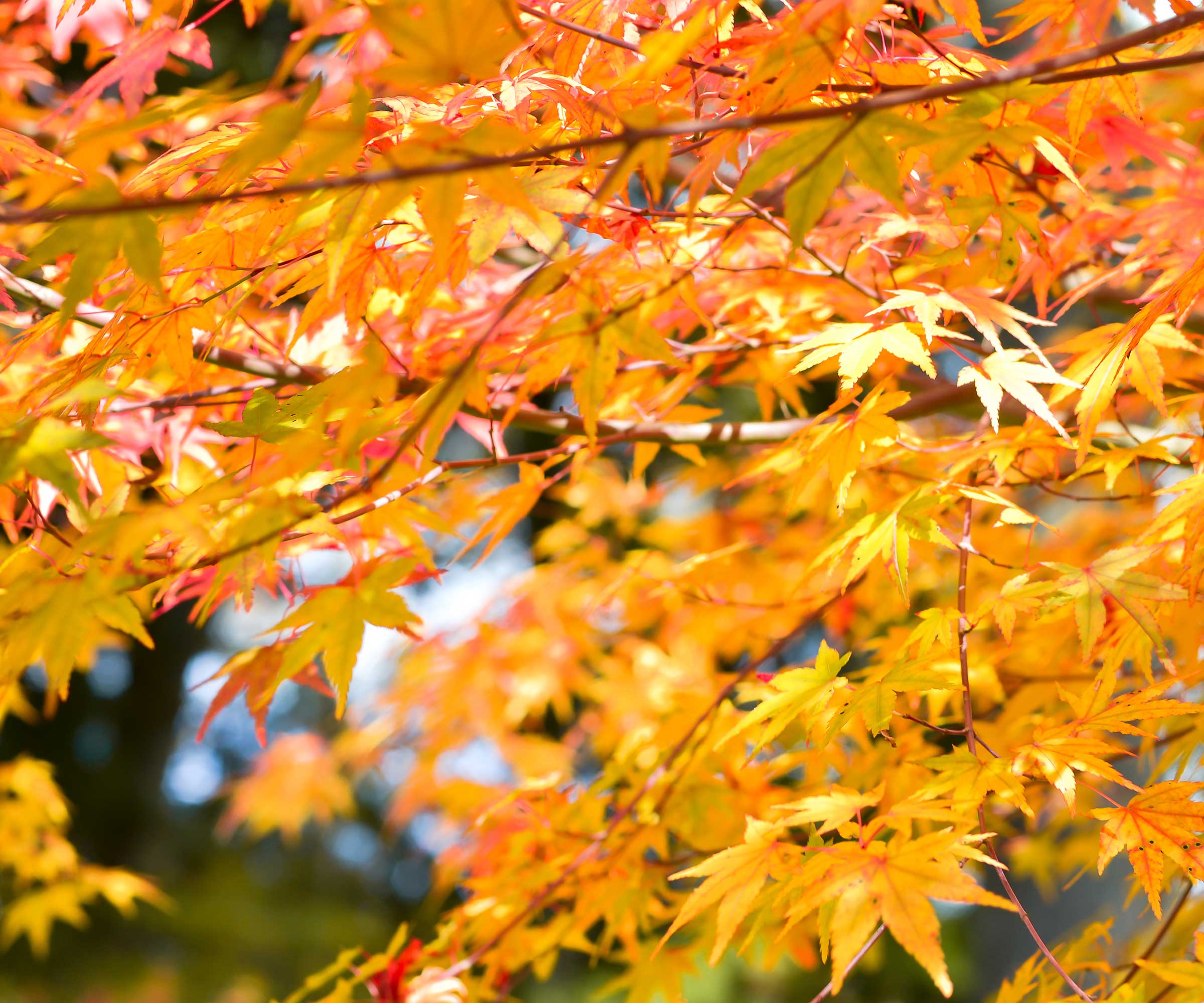
'After summer stress, trees benefit from a post-heat assessment,' says Mintee. 'I look for signs of sunscald, cracked bark, or weakened branches.
'Early fall pruning – selective and minimal – is restorative: removing deadwood, opening the canopy for air circulation, and balancing the weight before winter rains,' she continues.
'The goal isn't aesthetic perfection but long-term vitality.' When pruning trees in October, you're setting the structure for spring's canopy and protecting the understory plants below,' she adds.
If you don't feel confident carrying out the job yourself, look for a trained arborist to prune your trees for you – it's safer for both you and your trees.
FAQs
What should you avoid doing in the garden in the fall?
While there are a few key jobs to do this season, there are also some tasks to avoid. For instance, Laura warns against pruning shrubs, explaining that this can stress them out as they go dormant, as well as risk disease. 'The new way of thinking is to do pruning in late winter or early spring,' she says.
Likewise, steer clear of pruning certain hydrangeas now. If you prune 'old wood' hydrangeas, like big leaf varieties, you risk not getting blooms the following spring, Laura notes. And while technically you could prune 'new wood' hydrangeas, like the panicle ones, in the fall, she says most people wait for late winter or early spring as there's less risk of stressing the shrubs and them getting diseased. 'Plus, the dried blooms are beautiful in winter,' she adds.
Another outdoor activity to avoid is planting too close to the end of the season. 'Plants need time to establish their roots before going dormant and facing the harsh conditions of winter,' Laura says. 'I generally don't plant past mid-October for the best chance of success.'
Do you still need to weed and water plants in October?
In a word, yes. Laura notes how weeds keep going in the fall, and when they take hold, they compete with perennials for water and nutrients. 'Staying on top of weeding helps your perennials grow stronger and healthier without all that competition.'
And while sweltering summer temperatures may have passed, watering your plants is still important. 'Keeping plants well-watered helps protect them from the stress of a frost as well as ensuring well-established roots for the winter until they go dormant,' Laura says.
Looking for more garden jobs for this month? An array of flowers can be planted in October for next year's blooms, as can a few types of veggies if you love growing your own crops. And don't forget to plant your spring bulb display this season, too, whether you're scattering them through a lawn or growing a bulb lasagne in a pot.
Shop gardening essentials
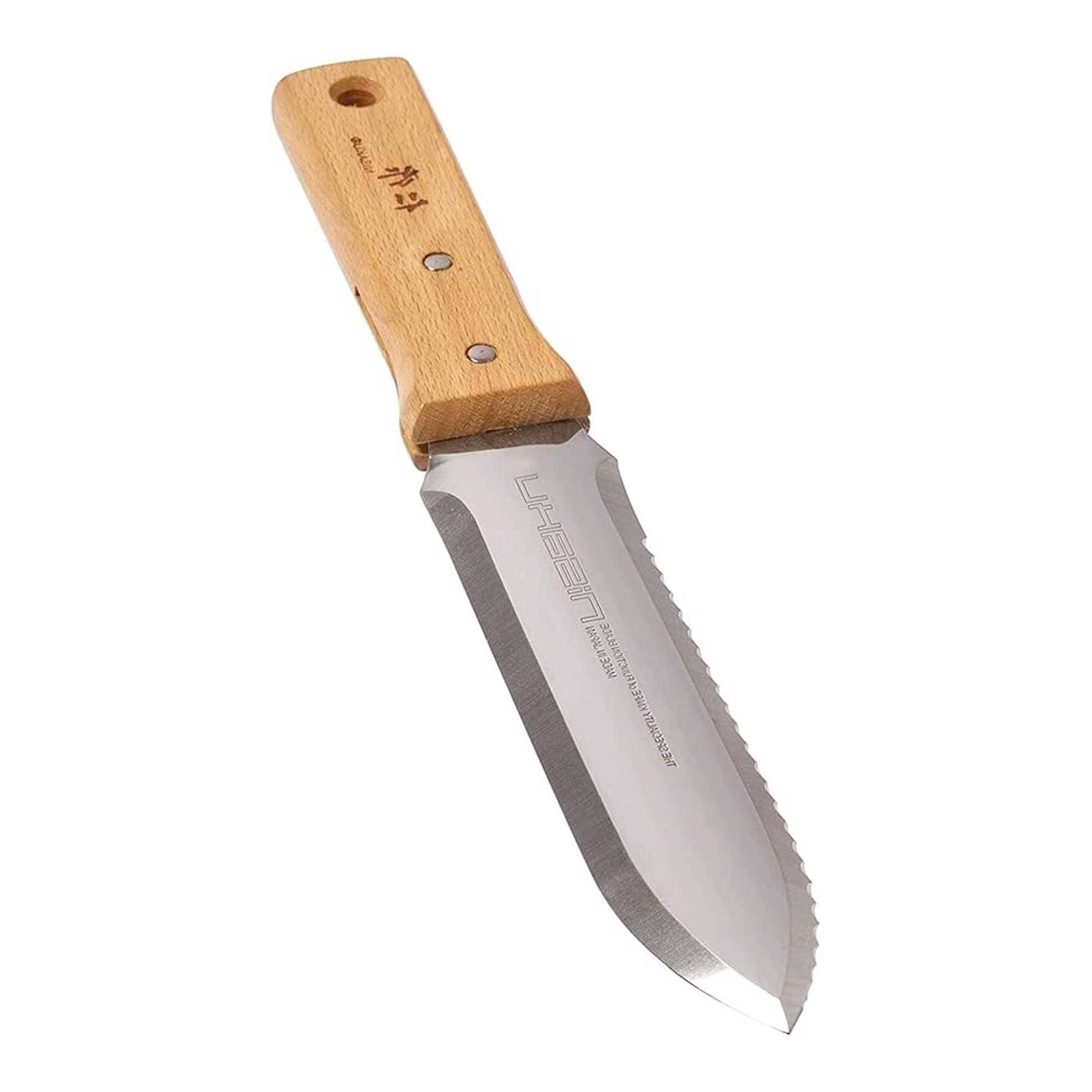
A versatile tool for gardening, whether you're dividing small perennials, weeding beds, or sowing seeds. Features a rust-resistant blade with planting depth markers.
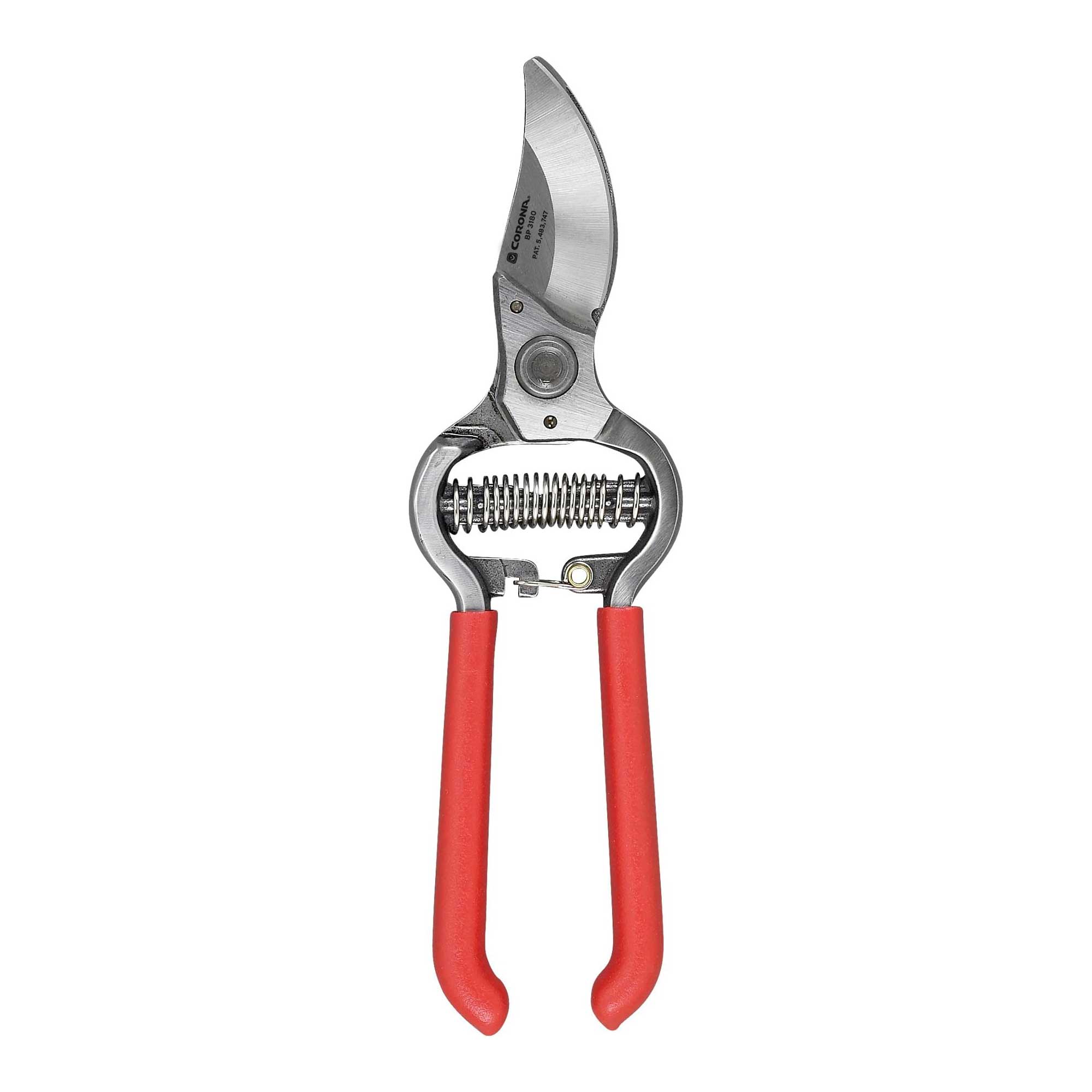
Pruners are a must-have tool for cutting back perennials this season and beyond – and these, with their resharpenable blade, are a popular pick.

A durable spade from a highly-rated brand, that's ideal for digging holes to plant newly-divided perennials.







